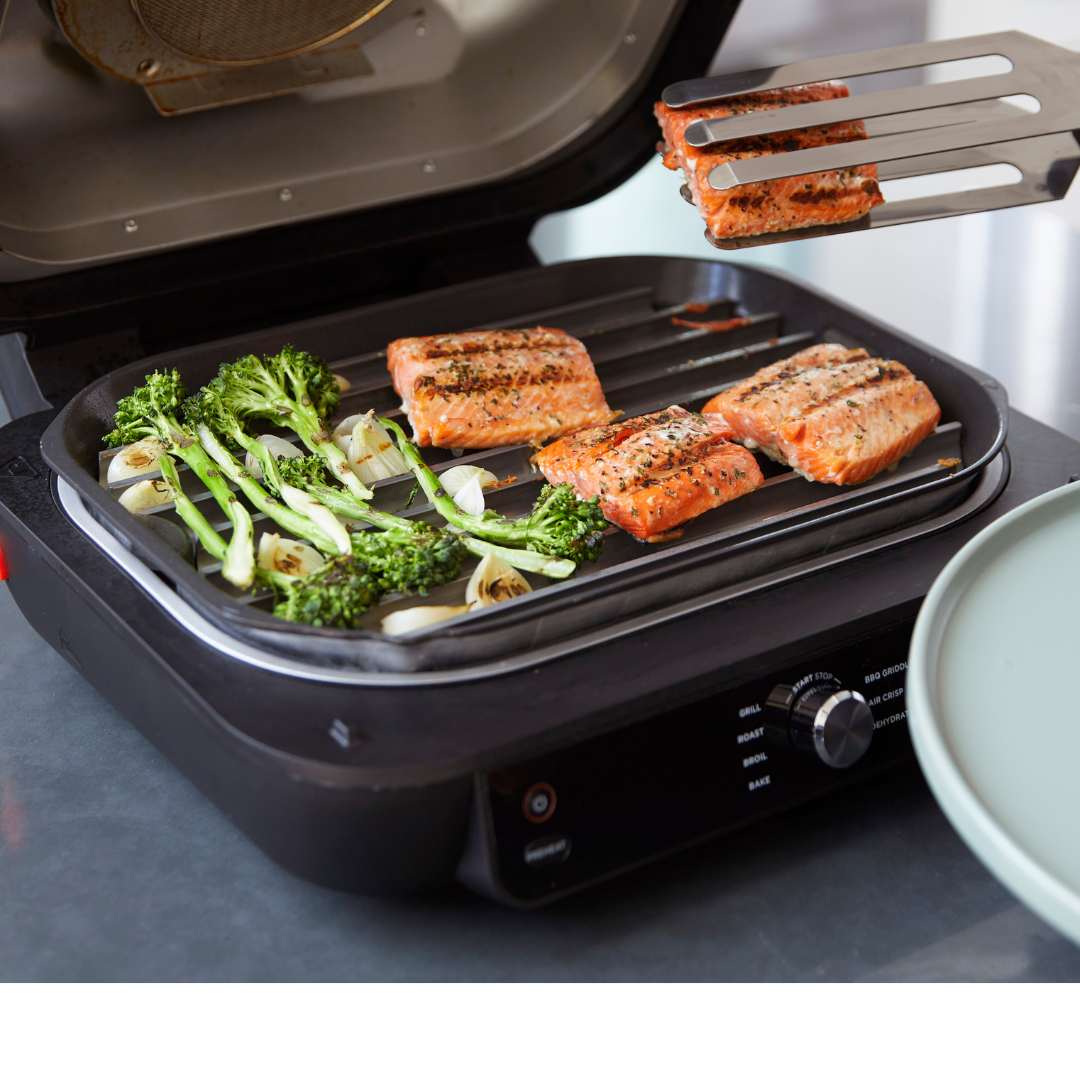The journey of creating homemade sourdough bread is a fulfilling venture that combines the joys of baking with the science of fermentation. This ancient art has surged in popularity as more people discover not only the delicious results but also the therapeutic process of sourdough baking. Mastering homemade sourdough requires patience, precision, and a bit of intuition, but with a clear, step-by-step guide, even novice bakers can unlock the secrets to a beautifully baked loaf. This essay explores the detailed process of making sourdough bread from scratch, ensuring that every reader can achieve bakery-quality results in their own kitchen.
1. Understanding Sourdough
Sourdough differs from other types of bread because it does not rely on commercial yeast to rise. Instead, it uses a starter, a fermented mixture of flour and water that contains wild yeast and bacteria. The starter’s natural yeast is responsible for the bread’s rising, while the bacteria give sourdough its characteristic tangy flavor. The creation and maintenance of a healthy starter are fundamental to successful sourdough baking.
2. Creating Your Starter
To begin, mix equal parts of flour and water in a jar or a container. Whole grain flours, like rye or whole wheat, are often recommended for initiating a starter because they contain more nutrients and enzymes, fostering an active fermentation environment. This mixture should be left at room temperature and fed daily with fresh flour and water. After about 5 to 7 days, the starter should be bubbly and ready for baking. The key to a vigorous starter is consistency in feeding, temperature, and timing.
3. Mixing the Dough
Once your starter is active, you can begin making your sourdough bread. Start by mixing one part of the starter with water and flour. The amount of water added, known as hydration, affects the dough’s texture; higher hydration results in a lighter, airier loaf with large holes, whereas lower hydration offers a firmer, more chewy texture. After combining these ingredients, let the mixture rest for about 30 minutes. This process, known as autolysis, allows the flour to absorb the water and begin gluten development without the interference of salt, which can inhibit enzyme activity.
4. Kneading and Folding
Sourdough typically requires minimal kneading. Instead, the dough is developed through a series of folds during the bulk fermentation phase. After the autolysis, add salt, then stretch and fold the dough over itself in the bowl every 30 minutes for the first 2-3 hours. This technique develops the gluten network and adds air to the dough, which is crucial for the structure of the bread.
5. Bulk Fermentation
This stage is where the dough rises and develops its flavor. During bulk fermentation, the dough should ideally be kept in a warm environment to help the yeast remain active. The duration of this phase can vary based on ambient temperature, with a warmer environment speeding up the process. The dough should approximately double in size and show bubbles on the surface.
6. Shaping the Loaf
Once bulk fermentation is complete, pour the dough onto a lightly floured surface and shape it into a round loaf. Shaping is essential as it creates tension on the surface of the dough, helping it hold its shape and rise upwards rather than spreading out during baking. After shaping, the dough should then be placed into a well-floured proofing basket (banneton) to support the dough as it rises one final time.
7. Final Proofing
The final proofing stage is crucial for the dough to achieve its final rise before baking. This stage is typically shorter, lasting about 1 to 2 hours. However, the dough can also be proofed overnight in the refrigerator, which slows the fermentation process and can enhance the sour flavors in the bread.
8. Baking
Preheat your oven and a cast iron pot or Dutch oven to 500°F (260°C). When the oven is ready, carefully place the dough into the hot pot, score the top with a sharp blade to allow it to expand during baking, and cover with the lid. This setup mimics a professional steam-injected oven, creating a crispy crust and soft interior. Bake with the lid on for 20 minutes, then remove the lid and reduce the temperature to 450°F (232°C), baking for another 20-25 minutes until the crust is deeply browned and the loaf sounds hollow when tapped.
9. Cooling
Resist the temptation to cut into your bread right away. Cooling on a wire rack for at least an hour helps the structure set and makes slicing easier.









